WILD FLOWERS
Some of the wild flowers which grow round Srinagar and their indigenous use.
PEGASUS HERMALA
Kashmiri name
|
Isband
|
English name
|
Rue
|
Family
|
Malvaceae
|
Locality
|
Malla Khah
|
Uses-It has a white flower. The ashes of this plan used in
washing the hair and the leaves are fatal to bugs. The seeds are burnt on
wedding days to avert the evil eye.
MALVA SYLVESTRIS
Kashmiri name
|
Sotsal
|
English name
|
Mallow
|
Family
|
Malvaceae
|
Locality
|
Waste lands; Also cultivated
|
Uses-It is a pot-herb. The seeds are used in decoction
(sherbat). The root has a lubricating value and is used in anaemia.
CANNABIS SATIVA
Kashmiri name
|
Bhanga
|
English name
|
Hemp
|
Family
|
Labiatae
|
Locality
|
River banks
|
Uses-It grows mostly above pampor on both the banks of the
Vetasta. Its fibre is used for making ropes and for sankering boats. The
cheras, an intoxicating drug, is made from this plant in three ways:
1. The live plant is rubbed by hands and sticky
substance is collected. 2. The pollen dust.
3. The dry plant is pounded and sifted. The material is placed in the maize-cob sheath, or paper or birch bark and well-wrapped in rush and baked in hot ashes. It is then smoked mixed with tobacco.
LANATUMA MARRUBRIUM
Kashmiri name
|
Tropor
|
English name
|
|
Family
|
Labiatae
|
Locality
|
Waste lands
|
Uses-It bears a white flower. It is boiled in kanja and
applied to a rheumatic limb.
MELILOTUS ALBA
Kashmiri name
|
|
English name
|
|
Family
|
Labiatae
|
Locality
|
Shankarachar
|
Uses-The flowers which are on a raceme are white. The
flowering season is August, September. The leaves have delicious fragrance.
SALVIA MOORCROFTIANA
Kashmiri name
|
Sholur
|
English name
|
|
Family
|
Labiatae
|
Locality
|
Hari Parbat and Shankarachar
|
Uses-It has bluish white flowers.
MENTHA SYLVESTUS
Kashmiri name
|
Wena
|
English name
|
Horse-mint
|
Family
|
Labiatae
|
Uses-The leaves have an acute fragrance and are used as
flowers in worship by the Hindus. Mixed with salt and chilli, it is eaten as
chetni, and is considered very stimulating.
PLECTRANTHUS RUGOSUS
Kashmiri name
|
Madal
|
English name
|
|
Family
|
Labiatae
|
Locality
|
Shankarachar and sandy soil
|
Uses-It has grey-white flowers and sweet fragrance. The
leaves are used in worship by Hindus. A decoction of leaves is given to a
person fallen from height.
THYMUS SERPHYLLUM
Kashmiri name
|
Jawen
|
English name
|
Thyme
|
Family
|
Labiatae
|
Locality
|
Hari Parbat, Shankarachar and
sandy soil
|
Uses-The plant bears pink flowers in clusters. Their jam is
an excellent stomach tonic. It is also put in Kanja (sadurkonz). It is good for
weak sight, stomach and liver troubles. It can be used to flavour vegetable or
fish.
ARTEMISA MOORCROFTIANA
Kashmiri name
|
Tethawen
|
English name
|
|
Family
|
Compositae
|
Locality
|
Malla Khah
|
Uses-The leaves are made into a pill as a medicine for worms.
It is also used to protect clothes and paper against fish insects.
CARDIUS NUTANS
Kashmiri name
|
Kond posh
|
English name
|
Thistle
|
Family
|
Compositae
|
Locality
|
Gardens and waste lands
|
Uses-It is a thistle with a crimson flower. Its root dug in
autumn mixed with cane-sugar, half and half, is taken as medicine for neural
diseases.
TARAXACUM OFFICINALE
Kashmiri name
|
Maidan hand Exglish name
Dandelion
|
Family
|
Compositae
|
Locality
|
Outside Srinagar
|
Uses-It has a yellow flower. It is a potherb. When dried, it
is well cooked and applied to a sprained limb.
CICCHORIUM INTYBUS
Kashmiri name
|
Won hand
|
English name
|
Chicory
|
Family
|
Compositae
|
Uses-It has a beautiful blue flower. It is used as a
vegetable and is given to women after child-birth.
DATURA STRAMONIUM
Kashmiri name
|
Datur
|
English name
|
|
Family
|
Solanaceae
|
Locality
|
Waste lands
|
Uses-It bears a white trumpetlike flower which is highly
prized for uses in worship. The seeds which have a narcotic effect are found in
a thorny capsule. The leaf, lubricated with warm rape-seed oil, is applied to a
diseased eye.
DAPHNE OLEODES
Kashmiri name
|
Gandalun
|
English name
|
Daphne
|
Family
|
Thymelaceae
|
Locality
|
Shankarachar
|
Uses-It is a shrub bearing creamy white flowers. The leaves
are used for some neural diseases and nausea.
CAUCALIS LEPTOPHYLLA
Kashmiri name
|
Mohora Kach
|
English name
|
|
Family
|
Umbelliferae
|
Locality
|
Waste lands
|
Uses-It has white flowers. The seeds are used as medicine.
ACHILLIA MILLIFOLLIUM
Kashmiri name
|
Phal gasa
|
English name
|
Milfoil
|
Family
|
Umbelliferae
|
Locality
|
Round fields
|
Uses-It has white flowers. The leaves are used in preparing medicine for stomach affections and the root for toothache.
FENICULUM VALGARE
Kashmiri name
|
Phakazur
|
English name
|
Fennel
|
Family
|
Umbelliferae
|
Locality
|
In fields (rare)
|
Uses-It is a beautiful plant. In some European countries it
is used as a spice. 'As much as eight and a half pounds of fennel was brought
for King Edward I's household for one month's supply'.
RUMEX
Kashmiri name
|
Oboj
|
English name
|
Dock
|
Family
|
Polygonaceae
|
Locality
|
In fidds and gardens
|
Uses-It is a potherb. It has a little sour taste. It is
cooked widh or without fishes. The root pounded and mixed with oil or ghee is
used for boils.
RUBUS NIVEUS
Kashmiri name
|
Chanch
|
English name
|
Raspberry
|
Family
|
Rosaceae
|
Locality
|
Shankarachar, Zaberwon
|
Uses-It is a shrub. The fruit is edible. It is good for
blood.
ALTNEA OFFICENALIS
Kashmiri name
|
Saza posh
|
English name
|
Holly hock
|
Family
|
Malvaceae
|
Locality
|
Gardens
|
Uses-The flower, along widh dle wheat bran, is used in
washing the feet of a sick person. The seeds form the chief ingredient in
decoction of sherbat. The root has a lubricating effect used for anaemia.
URTICA DIOICA
Kashmiri name
|
Soai
|
English name
|
Stinging nettle
|
Family
|
Urticeae
|
Locality
|
Waste lands
|
Uses-The leaves are pounded and applied to wounds. The root
boiled in tea and sugar is believed to cure malaria. In old schools (maktabs)
this plant was thrashed on the naked boys as a punishment for bad behaviour.
AMARANTHUS FRUMENTACUS
Kashmiri name
|
Ganhar, lisa
|
English name
|
Amaranth
|
Family
|
|
Locality
|
Fields, also cultivated
|
Uses-The seeds are eaten mixed with sugar. The ashes of this
plant are used as saz, in soap preparation.
ANALYSIS OF THE PLANT
Moisture
|
19.43 %
|
Ash
|
3.19
|
Protein
|
11.50
|
Carbohydrates
|
66.62
|
Fat
|
4.45
|
Fibre
|
2.1
|
OXALIS
CORNICULUTA
Kashmiri name
|
Sebargi
|
English name
|
Sorrel
|
Family
|
Geraminaceae
|
Locality
|
Fields
|
Uses-It has a yellow flower. The leaves are used in chetni.
It is good for eye-sight. A medicine for eyes prepared from the juice of the
plant.
GAGEA-KASHMIRIANA
Kashmiri name
|
|
English name
|
|
Family
|
Liliaceae
|
Locality
|
Malla khah
|
Uses-It has a yellow flower like a star. It is one of the
first flowers to bloom.
ACORUS CALAMUS
Kashmiri name
|
Vai
|
English name
|
Sweet flag
|
Family
|
Araideae
|
Locality
|
In swampy places outside Srinagar
|
Uses-It is used on New Year's day. It is good for memory. Jam
is prepared from it.
SOLANUM NIGRUM, DULCAMARA?
Kashmiri name
|
Kambai
|
English name
|
|
Family
|
Solanaceae
|
Locality
|
In waste lands
|
Uses-It has a white flower. The seeds are used in decoctions.
The juice of the plant mixed with butter is applied to a swollen limb.
CAPSELLA BURSA-PASTORIS
Kashmiri name
|
Kralamond
|
English name
|
Shepherd's purse
|
Family
|
Cruciferae
|
Locality
|
In all places
|
Uses-It has a white flower. The Plant is eaten raw.
VERBACUM THAPSUS
Kashmiri name
|
Bolar kon
|
English name
|
Mullein
|
Family
|
Scrophularineae
|
Locality
|
In waste lands
|
Uses-It has a light yellow flower. The leaves mixed with oil
or butter are used for itches.
CHENOPODIUM BLITUM
Kashmiri name
|
Wan palak
|
English name
|
Goose foot
|
Family
|
Chenopodiaceae
|
Locality
|
Shankarachar
|
Uses-The fruit and leaves are eaten.
BERBEBIS LYCIUM
Kashmiri name
|
Kava dach
|
English name
|
|
Family
|
Berberideae
|
Locality
|
Shankarachar, Zaberwon
|
Uses-It is a shrub. The fruit is eaten and is a blood
purifier. The root is used in preparing medicine for eyes. It is said to be a
remedy for cholera.
FUMARIA PAVIFLORA
Kashmiri name
|
Shahtar
|
English name
|
|
Family
|
Fumariacea
|
Locality
|
In fields
|
Uses-The juice of the plant is taken internally along with
whey to give a cooling effect.
DIOSCOREA DELTOIDEA
Kashmiri name
|
Krats
|
English name
|
|
Family
|
|
Locality
|
In fields
|
Uses-In spring the leaves are eaten as a vegetable and are
supposed good for eye-sight.
MADAL
WENA
POSTED BY : VIPUL KOUL EDITED BY:ASHOK KOUL


 SHIV
SHIV





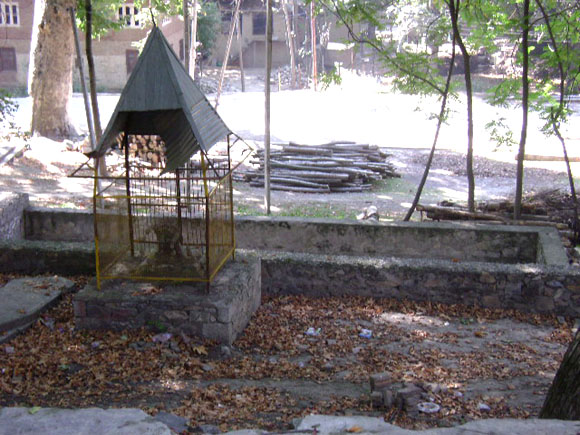
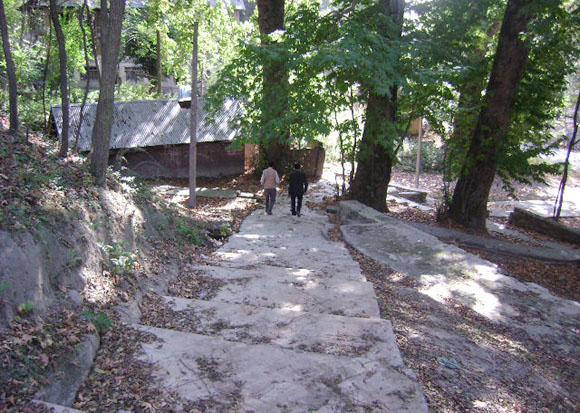
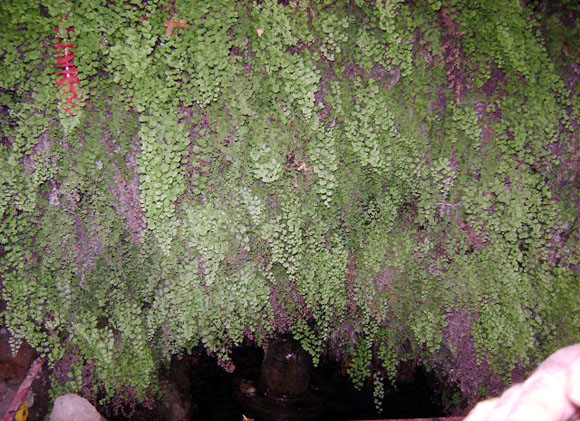
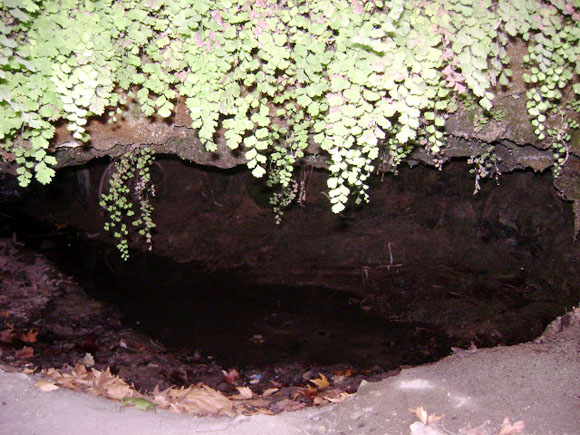
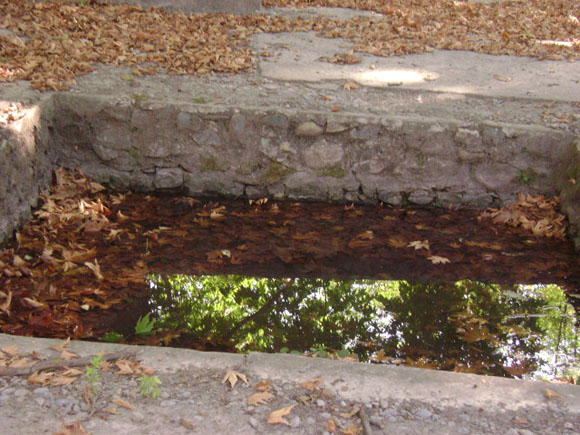
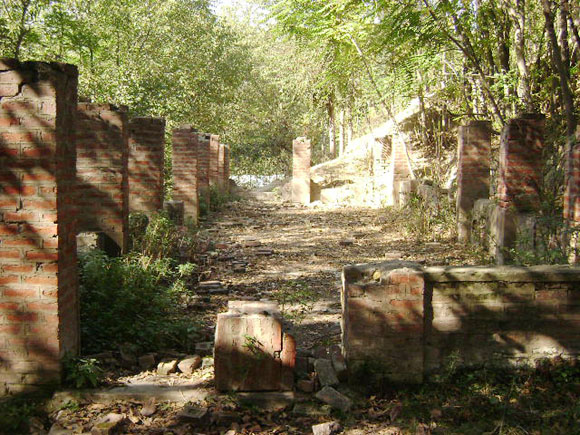

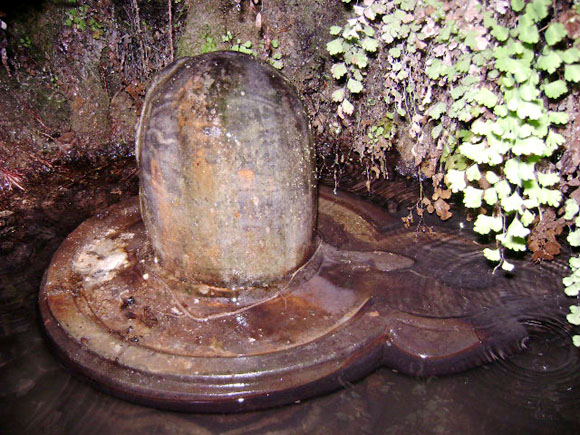

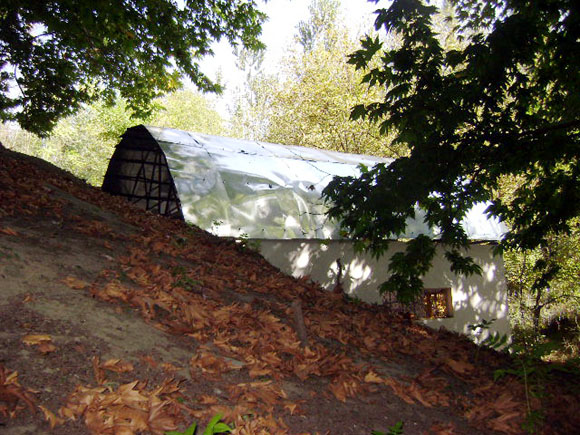
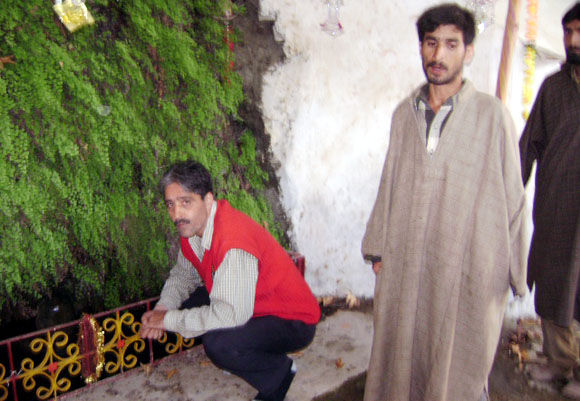
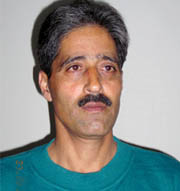 *Born
on 20th March, 1960 in Murran a village in North Kashmir, Chander M.
Bhat is presently working as an Assistant Supdt. Posts, in Department of
Posts, Govt. of India. His articles regarding Posts and of
non-political nature stand widely published in various papers and
magazines of the country. A booklet 'How to Collect Stamps" published by
the Department of Posts, has earned him genuine accolades. He worked on
the project of tracing the roots of his co-villagers and of the village
Murran, resulting into the culmination of a widely acclaimed book
"Murran -My Village". Man with depth, Chander M. Bhat has also another
book, "Ocean by Drops" (collection of poems) in his vase having colorful
poems. His book "Ancient History of Jammu and Kashmir", confirms his
researching capability. Various research papers like "The Splendor that
is Amarnath" and "Vitasta" The Sacred River of Kashmir" are valuable
additions to his works that has proved very fruitful and guiding force
in the exile period of Kashmiri Pandits community of which the author is
also a member.
*Born
on 20th March, 1960 in Murran a village in North Kashmir, Chander M.
Bhat is presently working as an Assistant Supdt. Posts, in Department of
Posts, Govt. of India. His articles regarding Posts and of
non-political nature stand widely published in various papers and
magazines of the country. A booklet 'How to Collect Stamps" published by
the Department of Posts, has earned him genuine accolades. He worked on
the project of tracing the roots of his co-villagers and of the village
Murran, resulting into the culmination of a widely acclaimed book
"Murran -My Village". Man with depth, Chander M. Bhat has also another
book, "Ocean by Drops" (collection of poems) in his vase having colorful
poems. His book "Ancient History of Jammu and Kashmir", confirms his
researching capability. Various research papers like "The Splendor that
is Amarnath" and "Vitasta" The Sacred River of Kashmir" are valuable
additions to his works that has proved very fruitful and guiding force
in the exile period of Kashmiri Pandits community of which the author is
also a member.